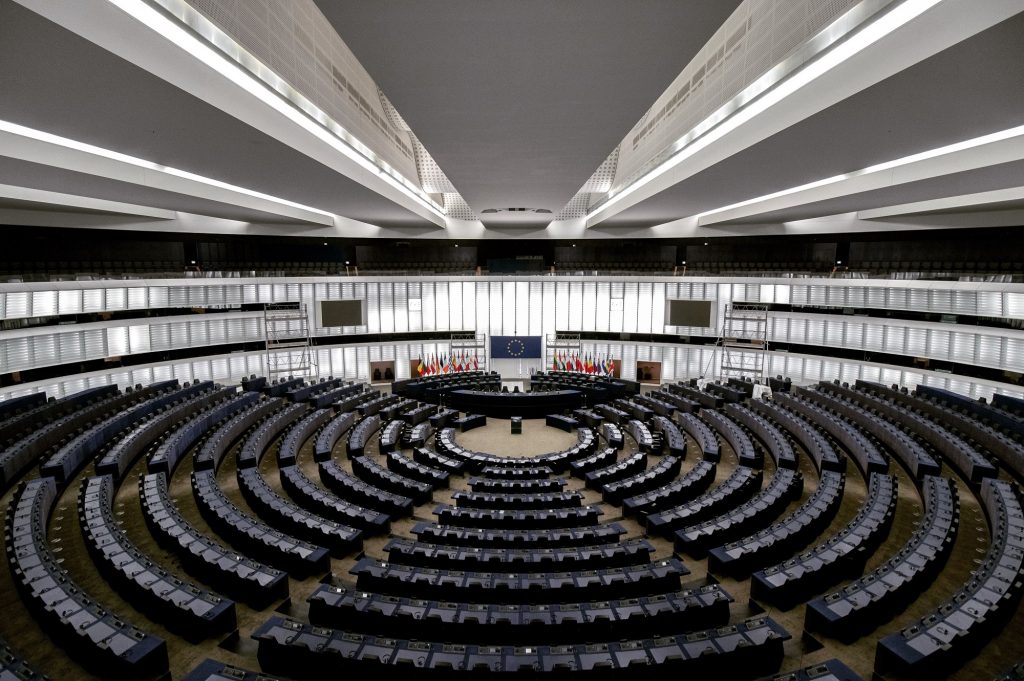It is common for citizens and companies to become entangled in a tangle of paperwork and documents when carrying out a procedure in a country other than their own. The European Union has been aware of this for years and has therefore developed a strategy for the implementation of a portal to centralize and simplify these procedures.
The achievement of a Single Digital Market in the countries of the European Union inevitably brings with it the unification of access to information on the necessary procedures for any citizen of the Union, to the procedures themselves and to the assistance to be able to complete them correctly.
This is a need demanded by citizens and businesses for years and which is taking shape thanks to the Regulation adopted by the European Council last September 2018 by which a Digital Single Gateway or DSG (Digital Single Gateway or Digital Single Portal) is established.
To understand the succession of events that have taken place up to the emergence of the Single Digital Gateway, we must go back to 2015, which was when the European Union decided to take a firm step towards the digital transformation of member countries by breaking down the digital borders between them, just as was previously done with the physical ones.
The establishment of a Digital Single Market (DSM) included initiatives such as the elimination of unjustified geo-blocking, the end of mobile roaming charges (known as roaming), improvements related to e-Government or to boost WiFi connection in some municipalities, among many other measures for digitalization.
One-stop shops as a precedent
The desire to streamline bureaucratic procedures between European Union countries is nothing new. This can be seen in the fact that since 2009 the European Union has made it compulsory for each country to have at least one single point of contact for entrepreneurs in the service sector.
Thanks to these single points of contact, which form the EUGO network and are governed by the Charter of the points of contact (Directive 2006/123/EC of the European Parliament and of the Council of 12 December 2006 on services in the internal market), service companies can obtain useful information on rules and procedures, as well as their telematic completion, such as:
- Those related to what is necessary to establish a company.
- Requirements to offer services on a temporary basis.
- Recognition of professional qualifications and regulated professions.
- Labor and social legislation.
- Public procurement regulations.
This directive was a decisive impetus for:
- Administrative simplification.
- Freedom of establishment of service providers.
- Free movement of services.
- The rights of the addressees.
- Quality of services.
- Administrative cooperation.
- A community convergence program
We can consider the one-stop shops as a forerunner of the Single Digital Gateway, a portal that will extend these services to the rest of the companies and private citizens, thus going a long way towards achieving a single digital market for Europe.
The need for a Single Digital Gateway for Europe
For citizens who live in other European Union countries, intend to do so or need to obtain information or carry out cross-border procedures, as well as for companies whose actions go beyond the boundaries of one country, carrying out certain bureaucratic actions meant immersing themselves in an administrative labyrinth.
In addition, useful information on how to carry out these procedures was scattered on a multitude of websites, and some of these were only available in the language of the country itself and did not convey much confidence.
In addition to the information gap described above, we must add the fact that some of these administrative procedures could only be carried out in person at a physical office or by a national telephone number, which was a difficult barrier to overcome for many.
This situation crystallizes in the need to create a single digital space for all the nations of the European Union, which will bring benefits for the Union’s economy. In fact, according to the European Commissioner for the Internal Market, Elżbieta Bieńkowska, it will save citizens 855,000 hours and companies 11 billion euros a year.

The basis of the Single European Digital Gateway
This Single European Digital Portal will be integrated into the existing “Your Europe” and its user interface will be available in all official languages of the European Union.
From the search function, the Single European Digital Portal will provide data on practical and easy-to-find information on national regulations applicable to formalities, administrative procedures and the steps to be taken to complete them, and assistance in answering any questions citizens and companies may have.
Although some of these procedures are already publicly available on “Your Europe”, the program that sets the guidelines for the implementation of the Single European Digital Portal sets a deadline of December 2023 for the following administrative processes to be included in it:
- 21 European administrative processes of great importance and wide use.
- All administrative procedures of each member country.
- The “one-time” principle, whereby the citizen does not have to resubmit documentation already in the possession of the Administration.
It should also be noted that the portal will be subject to control and monitoring processes through feedback from the users themselves in order to improve the quality of its services.
With this portal, the European Union is strongly committed to the full operation of a single digital gateway through which individuals and organizations can easily access information, procedures and services.
From now on, with the DSG it will be much easier to register a vehicle, apply for a European Health Insurance Card, request a residence certificate and many other actions, making life much easier for citizens and promoting cross-border personal and professional relations.
DSG, the tip of the iceberg
The DSG is the tip of the iceberg, the interface, the counter for citizens and businesses, of a long-term digital strategy for the European Union.
The ambitious pan-European e-Sens project is underway to make public services such as social services, taxation, public procurement, health, justice and equality accessible to all European citizens, with pilots already planned in the areas of public procurement, e-health, e-justice and business creation. The e-Sens project is part of the CEF (Connecting Europe Facility).
The e-Sens program is in turn supported by the five main CEF modules, which are essential for the DSG to be viable and really useful for citizens and companies:
- eID. Digital services capable of electronically identifying users throughout Europe.
- eSignature. Creation and verification of electronic signatures according to European standards.
- eInvoicing. Sending and receiving electronic invoices in accordance with the directive and the European standard.
- eDelivery. Secure and reliable exchange of data and documents.
- eTranslation. Multilingual public services.
